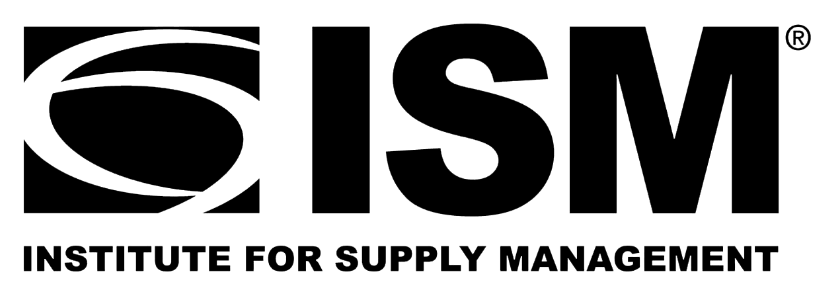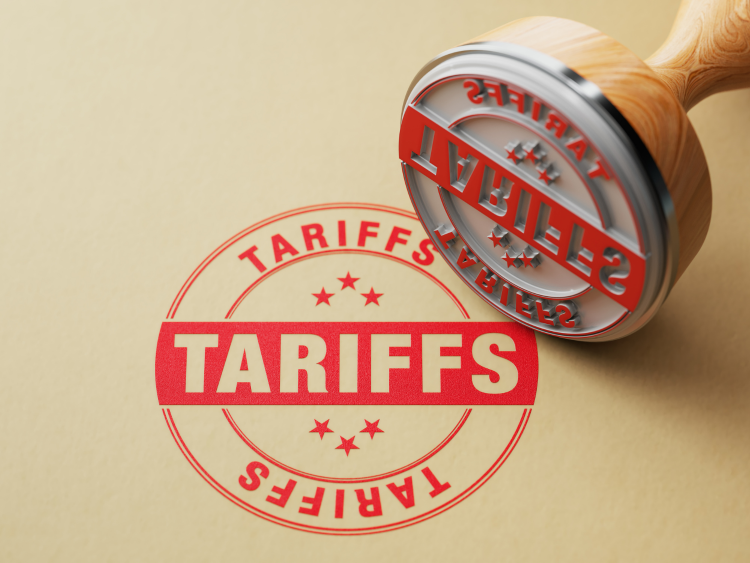OEMs

Galvanized buyers see price slide continuing in near term
Written by Ethan Bernard
June 18, 2024
Galvanized prices have tumbled from a month ago, and many market participants expect that trend to continue into July.
Service centers, distributors, and manufacturers who are members of the Heating, Air-Conditioning & Refrigeration Distributors International (HARDI) association met virtually on Tuesday, June 18, for the monthly meeting of HARDI’s Sheet Metal/Air Handling Council.
“What’s happened since our last call is we’ve seen prices fall,” the call moderator said. “I think most of us thought prices would either remain flat or go down slightly, and prices have fallen I would say a little farther than that.”
He noted that the price of zinc is up, so coating extras will increase for July, “The increase in zinc is somewhat offsetting the decline in the base price. But by and large prices are falling, and have been all year,” he said.
One service center source said, “If we look at it from a supply standpoint, there’s certainly too much supply out there.”
“It’s just a very competitive landscape because of the amount of inventory that’s currently in the marketplace,” he added. “From a demand standpoint, demand is stable. It’s certainly not increasing.”
Another metal distributor said that his company had observed stable demand and balanced inventories. Regarding the general economic situation, he commented: “I think it’s going to be six to nine months of rough sledding, and then the rest of the ‘Roaring ’20s’ can take effect after that.”
Galvanized sheet prices
Each month on the HARDI Sheet Metal/Air Handling Council call, a survey is conducted to see where members see galvanized steel prices moving in one, six, and 12 months.
On May’s call, nearly 40% of members on the call expected prices to fall, while over half thought prices would be flat. The former prediction proved correct.
The call moderator noted that since the last call a month ago, galvanized prices were down ~$3.50/cwt. Additionally, he said the galv base is ~$49.50/cwt, 7% lower than one year ago.
SMU’s galvanized coil price averaged $985 per short ton ($49.25/cwt) FOB mill, east of the Rockies, as of June 18.
This month, 59% of members on the call predicted galvanized prices would fall more than $2/cwt over the next 30 days, and 7% expect a decrease of more than $4/cwt. At the same time, 33% think prices will be flat (+/- $2/cwt). No members anticipated that prices would rise.
A healthy 60% think galv prices will rise at least $2/cwt over the next six months, 20% anticipate prices will be flat, while the remainder expect prices to fall.
Regarding where prices will be a year from now, 60% see galv prices in the range of $50-59/cwt, and 36% foresee even higher pricing.
SMU participates in a monthly steel conference call hosted by HARDI and dedicated to better understanding the galvanized steel market. The participants are HARDI member companies, wholesalers who supply products to the construction markets. Also on the call are service centers and manufacturing companies that either buy or sell galvanized sheet and coil products used in the HVAC industry and are suppliers to the HARDI member companies.

Ethan Bernard
Read more from Ethan BernardLatest in OEMs

Manufacturing in New York state recovers in July
Business activity in New York state recovered slightly in July, with the Empire State Manufacturing Index seeing its first positive reading in four months.

ISM: Manufacturing growth slowed again in June
US manufacturing activity slowed for a fourth straight month in June. That's a sharp shift after trending up for most of Q1.

GE Appliances announces $490M reshoring project in Kentucky
GE Appliances announces $490-million reshoring project in Kentucky.

Whirlpool says tariffs will bolster business
“Economically, the business case for products made in the us has become a lot more attractive," the CEO told Fox Business.

Galvanized buyers brace for market shifts amid rising tariffs
One buyer summed up the prevailing sentiment: “Everything is pointing up — pricing, sentiment, order activity. But the real test will come once the immediate reactionary buying subsides. Will there be enough true demand to support these levels through mid-year? That’s the big unknown.”
